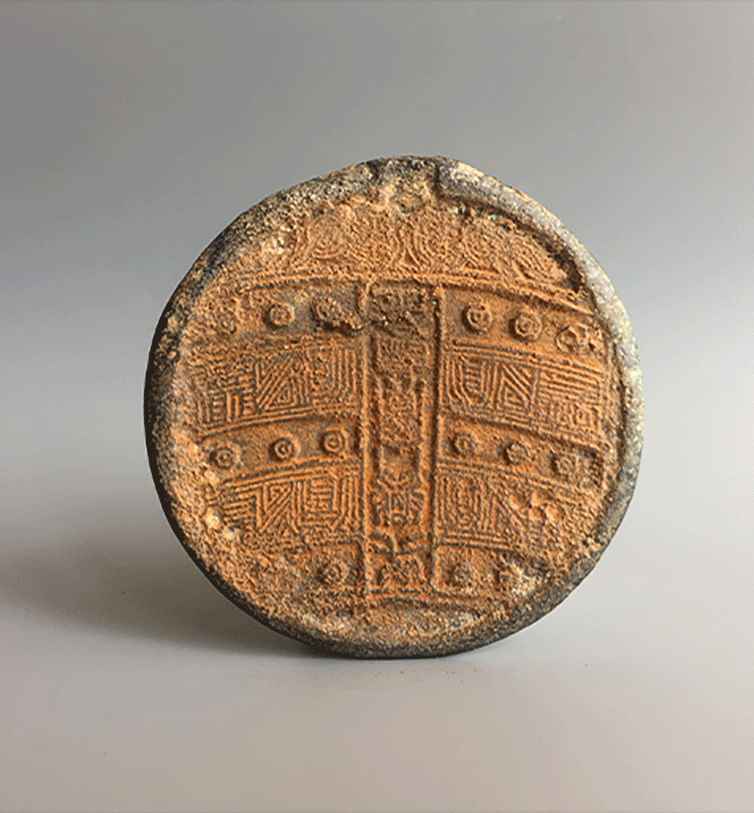
The Tang Dynasty Bronze Mirror Museum in Xi'an is the only specialized museum in Northwest China dedicated to ancient Chinese bronze mirrors. It officially opened to the public for free on June 26, 2015.
Bronze mirrors served various purposes such as religious implements (for securing national peace and warding off evil spirits), ritual gifts, and practical tools (for reflection). They are a continuous and orderly inherited treasure in ancient Chinese cultural heritage, closely related to the development of societies throughout history; they are also closely linked to the culture, beliefs, and customs of the Chinese nation. Their role gradually faded from the historical stage with the advent and popularization of glass mirrors.
The history of Chinese bronze mirrors can be traced back to the Qijia culture period, about 4,000 years ago, based on existing archaeological evidence. Bronze mirrors from the Shang and Zhou dynasties have been discovered, but the craftsmanship was still in its infancy. Bronze mirrors reached their first historical peak during the Spring and Autumn and Warring States periods. By the Han Dynasty, exquisite high-relief craftsmanship vividly depicted characters, deities, chariots, horses, dragons, tigers, birds, and beasts in the scenes, reaching the pinnacle of Han mirror craftsmanship. During the Sui and Tang dynasties, bronze mirrors became even more diverse in decoration and form.
Bronze mirrors from the Song, Yuan, and Ming dynasties followed previous forms but also introduced new shapes such as rectangles, peaches, bells, bottles, and mirrors with handles. Decorative themes were mostly trademarks and intertwined branches with flowers and birds. The alloy composition of the mirror bodies changed significantly compared to those of the Han and Tang dynasties, with the emergence of zinc-containing brass, making the mirrors thinner and lighter, with a stronger emphasis on practicality.
The museum displays over 300 precious bronze mirrors, including highlights from various dynasties such as the Four-Mountain Mirror from the Spring and Autumn and Warring States periods, the Geometric Mirror from the Han Dynasty, the Flower Mirror and Chronological Mirror from the Tang Dynasty, the Taoist Figure Mirror from the Song Dynasty, and the Inscription Mirrors from the Ming and Qing dynasties.
西安市大唐青銅鏡博物館は、中国西北地域唯一の中国古代青銅鏡を主題とする専門博物館であり、2015年6月26日に正式に一般公開され、無料で入場可能になった。
青銅鏡は、法器(国家の安定と邪気の退散)、礼器(贈り物)、実用器(顔の映り)としての役割を有している。これは中国古代の文化遺産の中で、継続的で系統的に伝承された宝であり、歴代の社会の発展と密接な関係を有している。また、中華民族の文化、信仰、習慣とも深く関連している。その使命は、ガラス鏡の出現と普及に伴い、徐々に歴史的舞台から引退した。
中国の青銅鏡の歴史は、現在の考古学的資料から見れば、およそ4000年前の斉家文化期に遡ることができる。商・周時代の青銅鏡は時々発見されるが、鏡の技術はまだ初期段階にあった。春秋・戦国時代に青銅鏡は歴史上の最初のピークに達し、漢代に至って、美しい高浮雕技術を用い、画面上の人物・神仙、車馬・龍虎、獣禽などを生き生きと表現し、漢鏡技術の頂点に達した。隋・唐時代の青銅鏡は、模様と形態上より豊かで多彩なものになった。
宋、元、明時代の青銅鏡は、形態は以前のものを継承する一方で、新たに長方形、桃形、鐘形、瓶形や鏡に柄を付けたなど多様な形態が現れた。装飾の題材は、商標や纏枝花鸟が多くであった。胎質の合金成分は、漢・唐と比べれば明らかに変化し、鋅を含む黄铜が現れ、鏡は薄くなり、より実用性に重点を置いた。
博物館内には300面以上の貴重な青銅鏡が展示されている。春秋・戦国の四山鏡、漢代の規則鏡、唐代の花卉鏡、唐代の紀年鏡、宋代の道教人物鏡、明清の文字鏡などは、歴代の青銅鏡の精品である。
